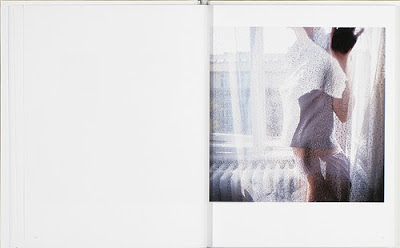Saga. The Journey of Arno Rafael Minkkinen. Photographs by Arno Rafael Minkkinen. Introduction by Alan Lightman. Essay by A.D. Coleman. Afterword by Arthur Danto. Chronicle Books, San Francisco, 2005. 160 pp., 140 tritone illustrations, 11x12". Limited edition available.
Arno Rafael Minkkinen is a Finnish-born photographer brought up in the US, where he is now also primarily working.
Minkkinen is known for his black and white abstract pieces 'which juxtapose bodies and landscapes in surprising ways'.
'Saga. The Journey of Arno Rafael Minkkinen' is Arno Rafael Minkkinen's first comprehensive monograph. It was published to accompany a number of exhibitions in the US and Europe, and displays a summation of the photographer's work. It's also been described as giving 'a new meaning to the self-portrait'.
About the limited edition:
250 copies, hand-signed by the artist. Each copy of the limited edition "includes one of five original silver gelatin prints measuring eleven by fourteen inches, printed and hand-signed by [the artist]."














































